Antique Shopping in Istanbul

Unlike the large malls and shops that display various goods and items throughout the Turkish provinces, there are historical and Antique markets that can be found in some cities, especially in Istanbul, displaying antiques and ancient artifacts that were part of the life of a person in an earlier historical period.
Antique markets display decorative chandeliers, glassware, brass, pottery, ornaments, decorations, musical instruments, radios, radio receivers, typewriters, sewing machines, carpets, antique watches, and rare coins. It also displays Rare books, manuscripts and documents, swords, spears and even cannons, and dozens of items, some of which were revolutionary at the time, such as typewriters, radios, and some musical instruments.
These markets are witnessing a turnout by several groups and visitors, some of them visit them to enjoy learning about the past through the details that these markets tell, and some of them visit them because they find in them a response to the state of nostalgia for the past that they feel, as they return their holders to the past and the era that they represent, While others visit it, they are fond of buying and owning antiques at all times.
These antique markets are shops and museums at the same time, so the visitor can enjoy watching antiques, and he can buy from them what he wants. Also, a number of antique collectors used to buy rare ones until their home was turned into a museum containing collectibles, each of which bears a story and a tale.
Cultural value
While for some, the artifacts are just an ancient piece, for others they represent something valuable, which derives its value from the civilization to which it belongs, including details and anecdotes.
Each masterpiece carries the story of a certain era, and reduce the accumulation of civilization represented some revolution in itself, such as the radio, in its first version that appeared, and the gramophone, the musical instrument that was the exclusive possession of the ruling families and aristocracy, and the typewriter that formed a cognitive revolution in its early beginnings.
To the extent that the Antiques Trade is of great importance and a source of livelihood for some, it also saves them from spoilage, and transfers them from one generation to another.
The price of pieces of antiques is subject to the size of availability, the more rare the price was more expensive, and also subject to its age, the older the price was higher, and the greater the value the more they were in their original form, and did not undergo modifications.
Government encouragement
The Turkish government promotes the revival of culture and artifacts, and there is the association "Anatolia for the revival of culture and artifacts", which includes about 80 antiques dealers, who besides being merchants are experts in antiques and ancient collectibles.
Members of the Association know the urban and cultural value that the antique things represent and for what time it dates, whether it has been modified, what price it is worth, and whether it is sold directly or through auction.
Turkish municipalities also organize a cultural festival to display ancient and historical artifacts, in an effort to revive the heritage, and promote tourism, there is the antique festival usually held annually in early October, lasting 50 days, in Istanbul's famous Taksim Square.
The festival, a tradition that has been going on for 30 years, displays all the ancient artifacts, from typewriters to horse carriages and antique cars, and also displays replicas of the original, or miniature, artifacts bought as souvenirs at low prices.
Horhor Antique Market
One of the most famous and largest permanent antique markets is the Horhor Market, located in the Aksaray in the Fatih district, in the center of historical Istanbul, and the market is located in a 7-storey building, and it contains about 214 shops, all specialized in selling antiques, and many of the antiques that are sold carry the old Ottoman style, The market also contains European antique that merchants were able to bring from outside Turkey, and this market is classified as one of the most important markets in Eastern Europe and the Balkans.
In some cases, merchants hold auctions in this market for some precious antique pieces, the price of which is determined by the competition between speculators and their desire to acquire these antiques.
Balat Antique Bazaar
Balat District Auction, is one of the most famous weekly auctions, and is held in Balat district, the most famous historical district in central Istanbul in the Golden Horn area, and holds 3 weekly auctions, to display valuable and ancient artifacts, some of which were used during the Ottoman Empire, and these artifacts succeeded in converting dozens of houses into museums.
The auction is usually opened by explaining the historical value of the antiques offered, then setting an initial price for them by the seller, and the competition for the pieces continues until it reaches the price decided by the competitors and antiques hunters, who see that the older the objects the more valuable they are.
This auction is a destination for hundreds of visitors who sometimes find their items at affordable and unexpected prices. Balat district also sees an evening market starting at 3 p.m., to sell antiques directly, i.e. without an auction.
Feriköy Antique Market
Ferikoy market, also one of the oldest and most important antique markets in Istanbul, is located in Sisli, and contains the rarest antique collectibles, and with its presence in this area it is considered a shrine for some wealthy families, who live in the vicinity of Sisli area and displays in this market everything. It is mostly visited by many customers, especially older people, who have lived through the periods when such artifacts predominated.
Merchants in this market usually tell stories about rare artifacts, and about the ownership of a historical figure or famous family, and customers who believe such tales tend to buy them, while many do not believe them unless they see a piece of evidence showing the masterpiece in the possession of that famous person or family.




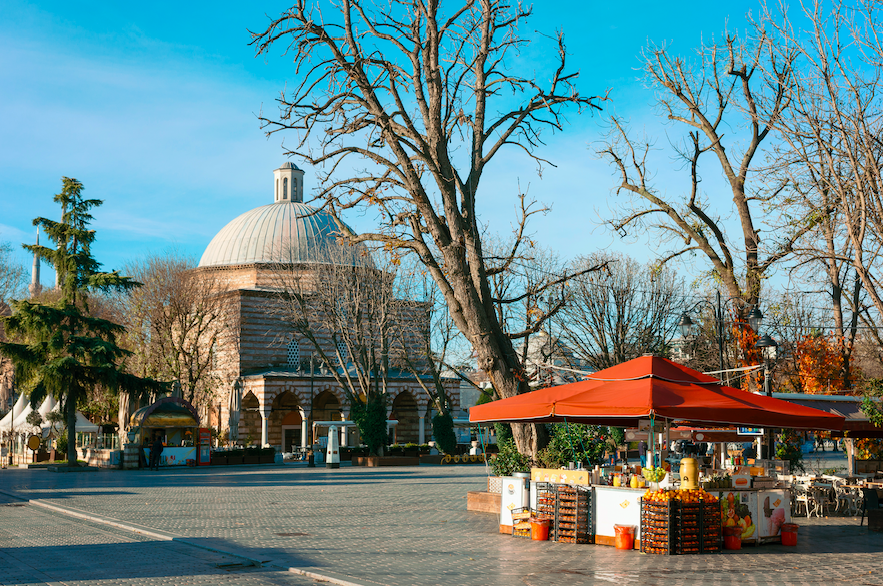
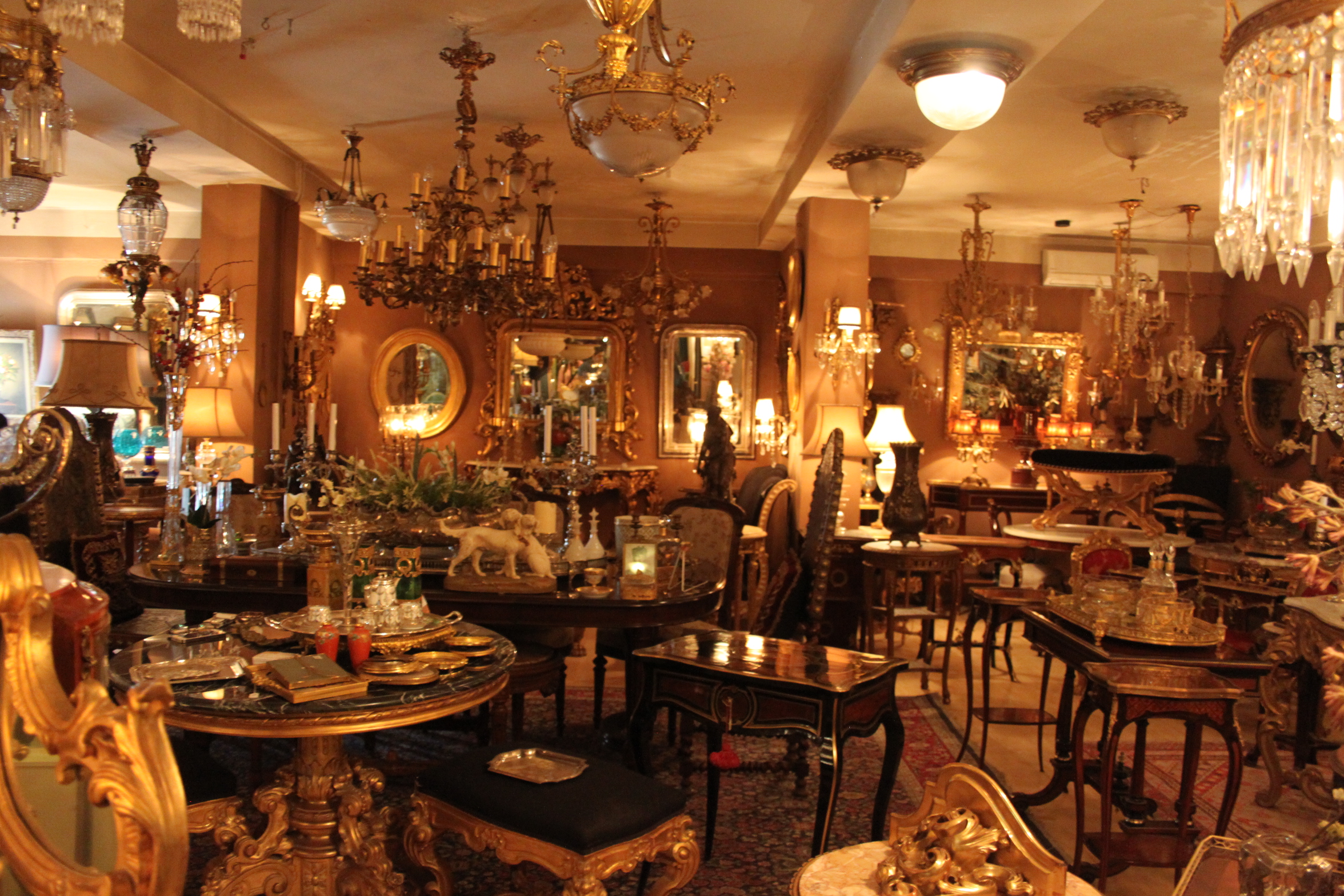

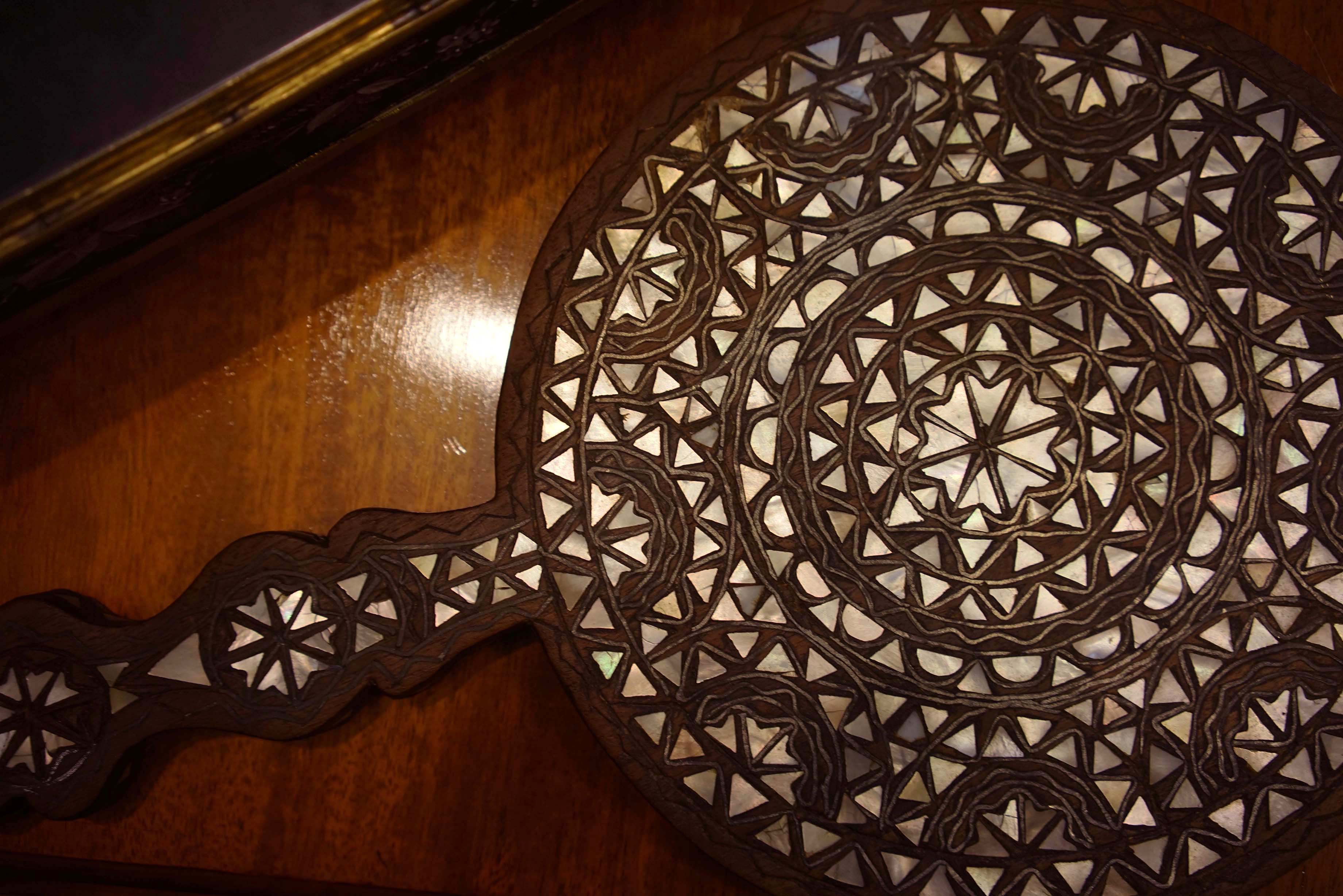

.jpg)






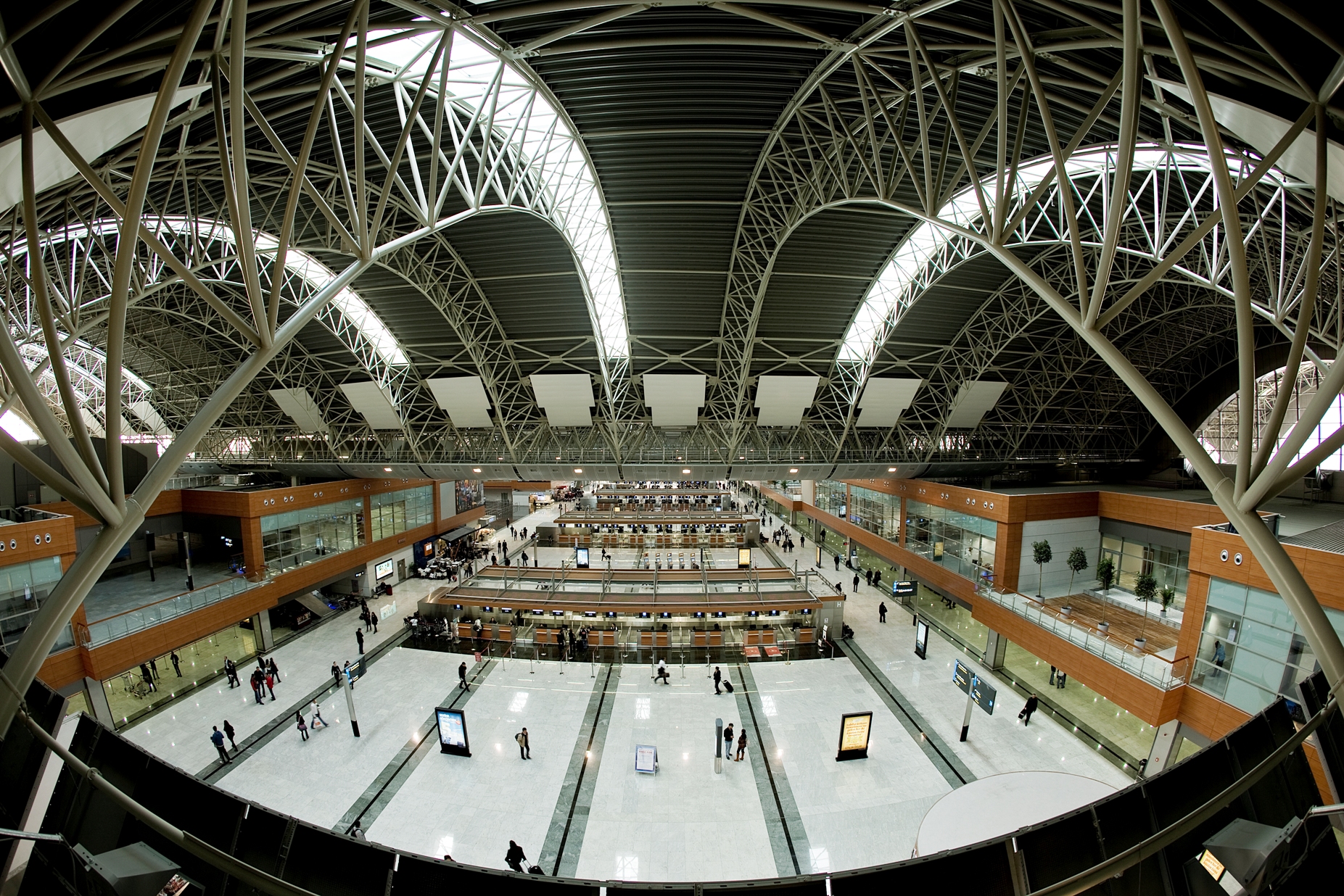


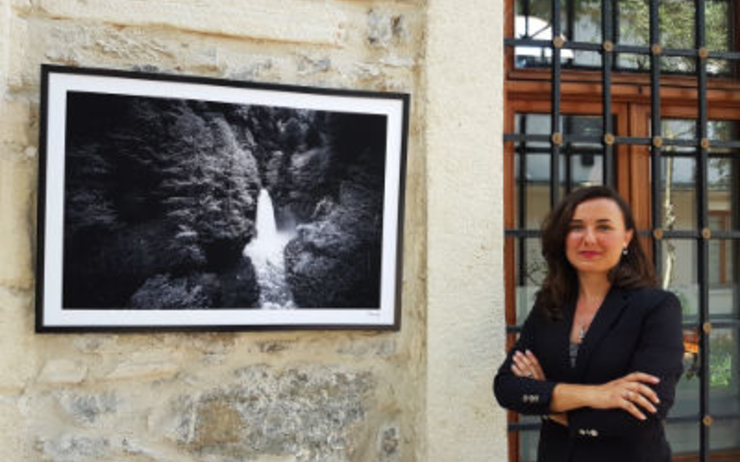
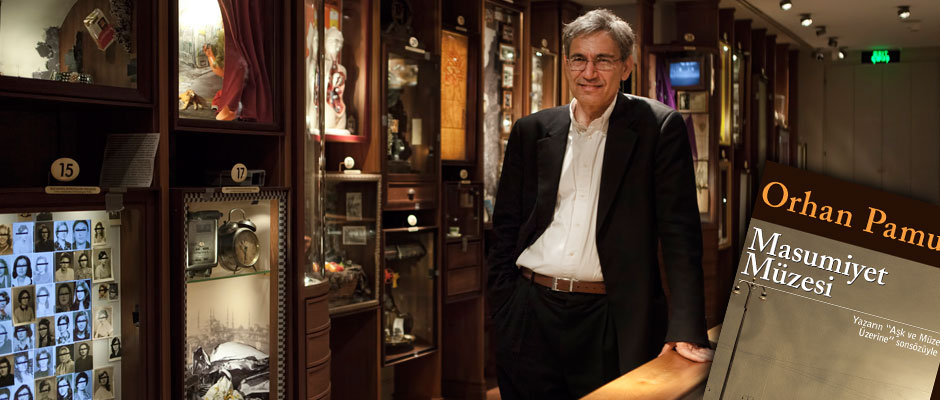


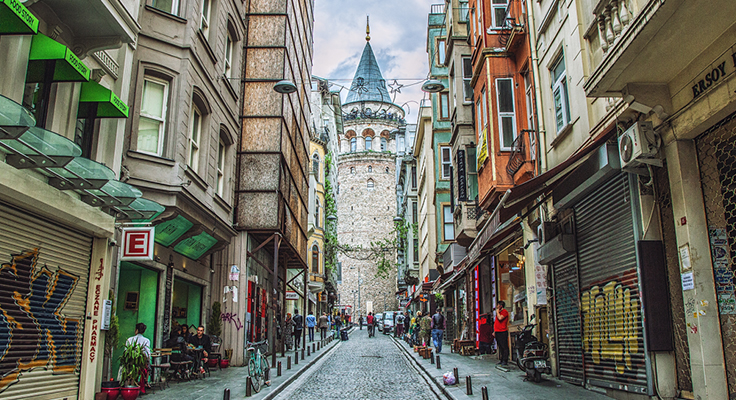

More posts by Gokce Nacar